
Look at the picture and be surprised
Nowadays, every family owns at least one electric kettle and uses it every day. However, there is one thing about the device that not everyone pays attention to. It can even be said that many people ignore it. That is cleaning the kettle.
In today's modern households, electric kettles have become a ubiquitous appliance, found in nearly every home. They are incredibly convenient and used daily to boil water for tea, coffee, cooking, and other purposes. However, there is one crucial aspect of their usage that often goes unnoticed or ignored by many people: cleaning the kettle. Despite its regular use, the importance of maintaining a clean kettle rarely crosses the minds of users, leading to potential hygiene and functional issues.
Recently, on a popular forum dedicated to household appliances, a series of images showcasing the interior of an electric kettle sparked considerable attention and discussion. These images revealed kettles that had been used over extended periods without proper cleaning, displaying a shocking buildup of white and yellowish deposits, often concentrated at the bottom. Experts in household maintenance and health explained that these unsightly deposits are more than just a cosmetic problem. They are layers of harmful impurities and bacteria that thrive over time if the kettle is neglected. The primary culprits behind these deposits are minerals such as calcium and magnesium present in the water, which can form stubborn limescale when exposed to heat repeatedly.
What makes this issue even more concerning is that people often use their electric kettles multiple times a day, assuming that boiling water alone is sufficient to keep the appliance clean and safe. Unfortunately, this is a misconception. While boiling water kills some bacteria, it does nothing to remove mineral buildup or prevent new bacteria from accumulating. Dirt, plaque, and residues from the water or surrounding environment can gradually layer up, forming the unsightly deposits seen in the images. Over time, these buildups not only pose potential health risks but also affect the performance of the kettle.
From a functional standpoint, a dirty kettle may require more energy to heat water efficiently, as the layer of limescale acts as an insulator. This can lead to longer boiling times and higher electricity bills. Moreover, prolonged neglect of cleaning can shorten the lifespan of the device, causing the heating element to deteriorate or even fail prematurely.
To avoid these issues, it is essential for users to develop a routine for cleaning their kettles. Simple cleaning methods, such as boiling a mixture of water and vinegar or using specialized descaling agents, can effectively remove limescale and restore the appliance to its optimal condition. Regular maintenance not only ensures the kettle's longevity but also contributes to better-tasting water and improved overall hygiene.
In conclusion, while the electric kettle is an indispensable household tool, it requires attention and care just like any other frequently used appliance. Neglecting to clean it not only affects its efficiency but can also pose potential health risks to the family. By taking a few simple steps to maintain cleanliness, users can ensure their electric kettles remain safe, efficient, and long-lasting.
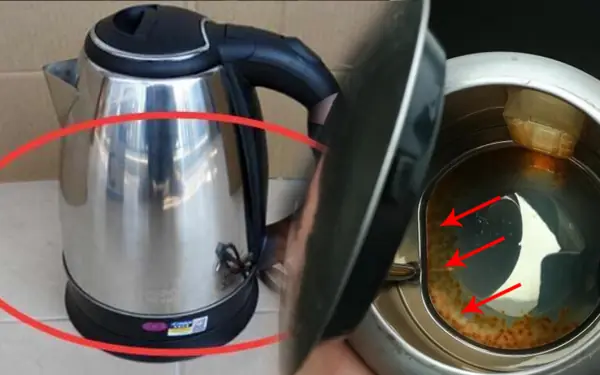
News in the same category


A Nutritious Dish That Helps Ease Rheumatoid Arthritis and Can Be Cooked in Many Delicious Ways

Be careful when planting these plant
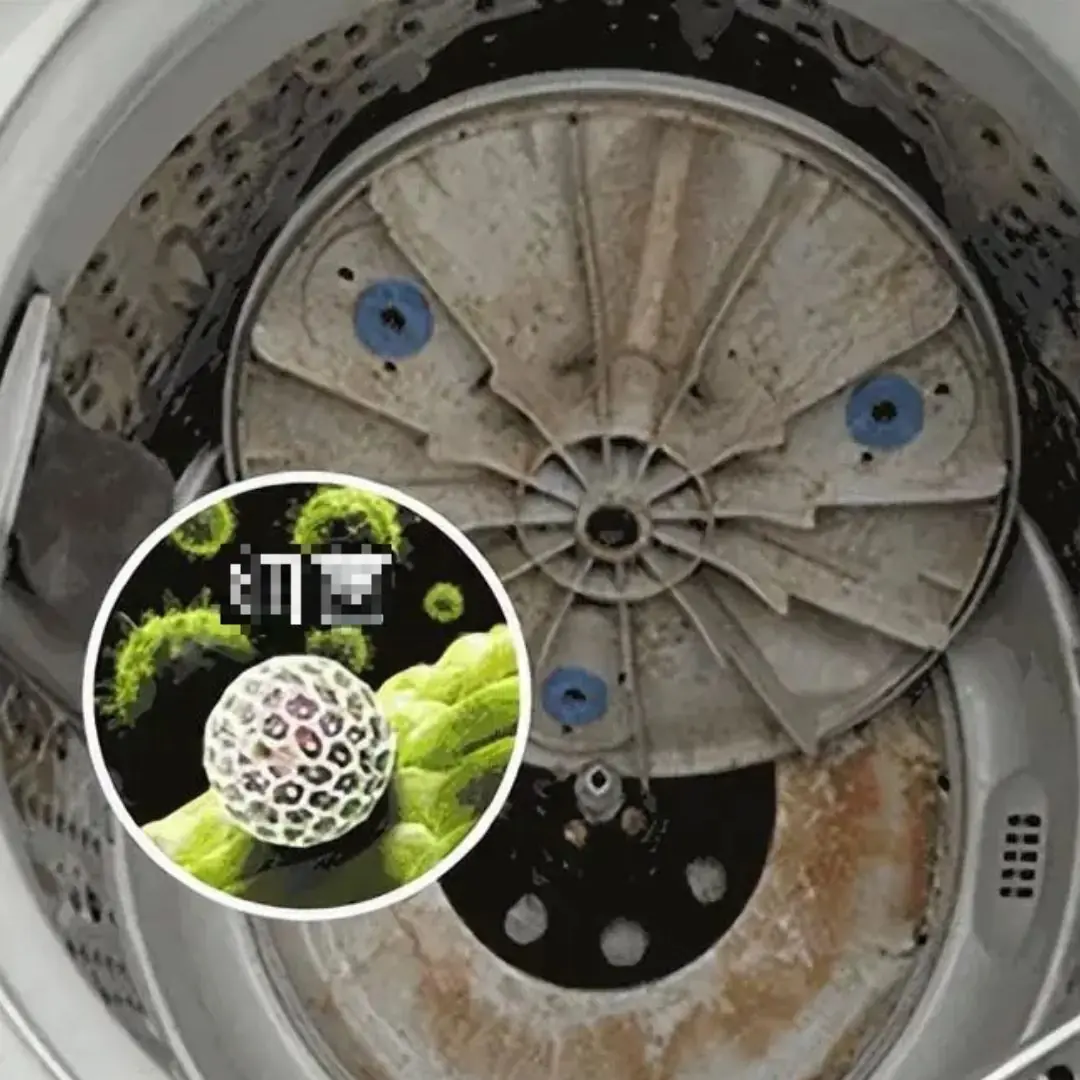
There’s one household item most people forget to clean, yet it can quickly turn into a hotspot for bacteria and illness
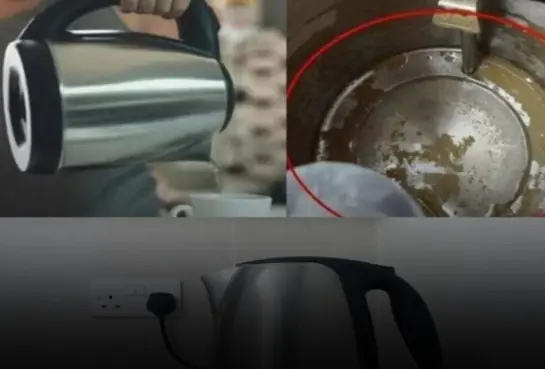
Condolences to those who are using these 4 types of electric kettles

Housewives need to pay attention to this
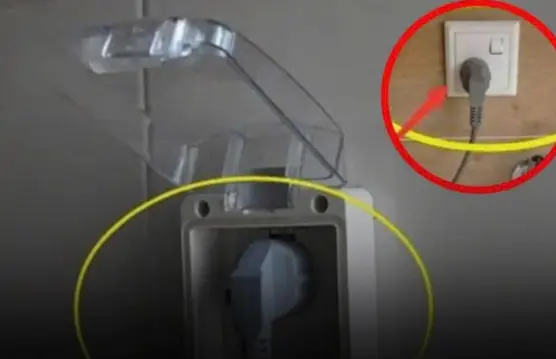
Be sure to unplug to reduce electricity bill

4 types of fish covered with "para.sites"!

The 3 most toxic pork parts in the market, no matter how cheap, don't buy them or you'll get sick
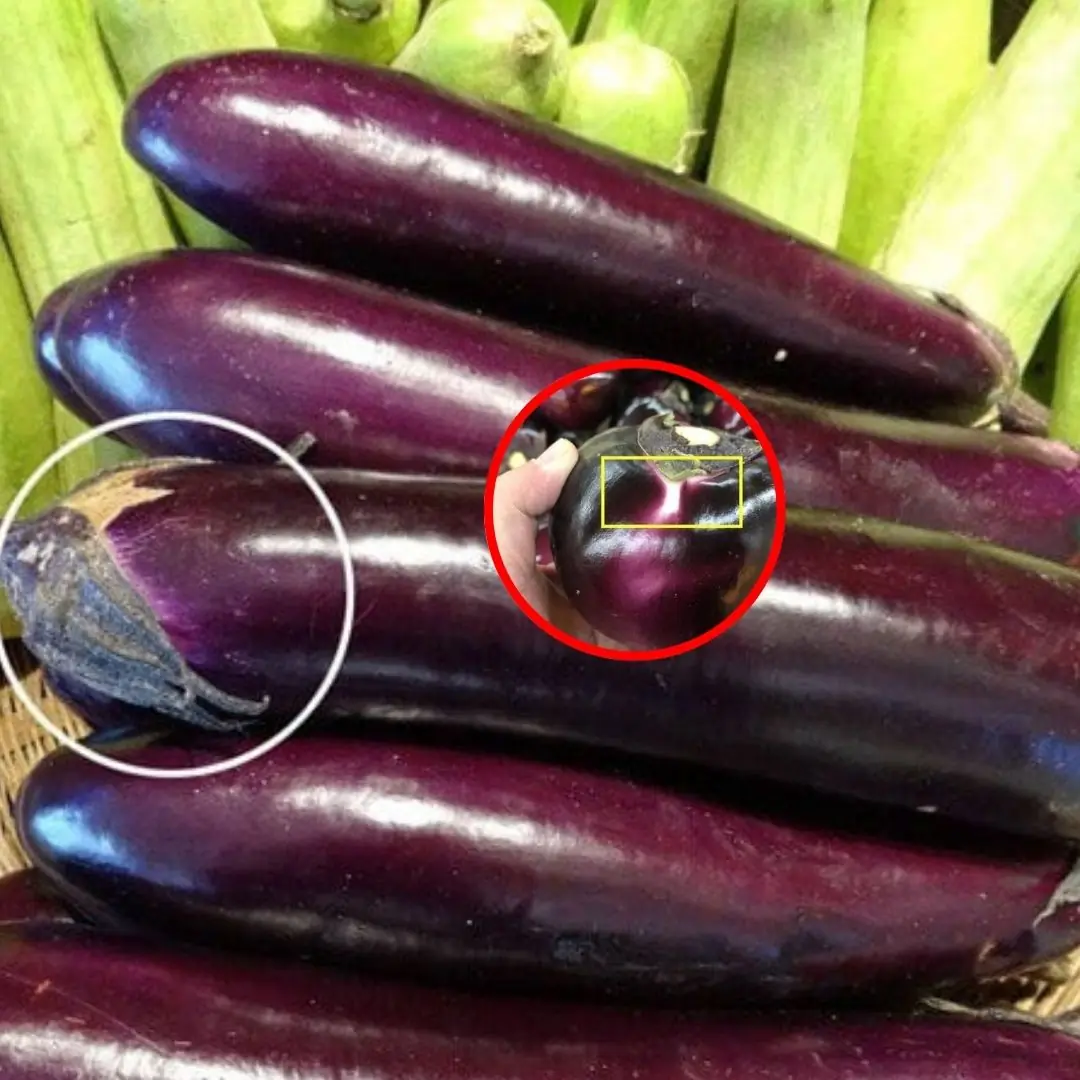
Unlock the secret to choosing perfectly tender, flavorful eggplants — fresh, safe, and free from preservatives!

Follow this tip and your fish will stay fresh without losing its nutrients

Bathroom and toilet doors should be closed or open

Snakes are very af.raid of these 2 types of flowers
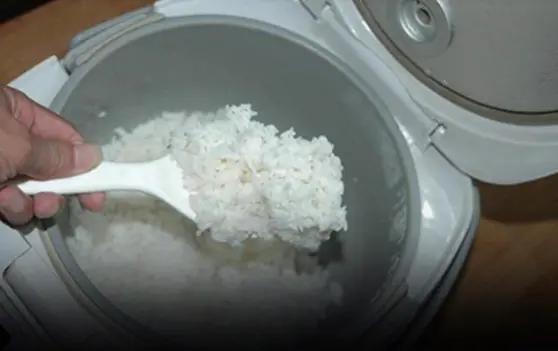
Everyone needs to pay attention when reheating cold rice

Simple tips to clean yellow sweat stains on white shirts
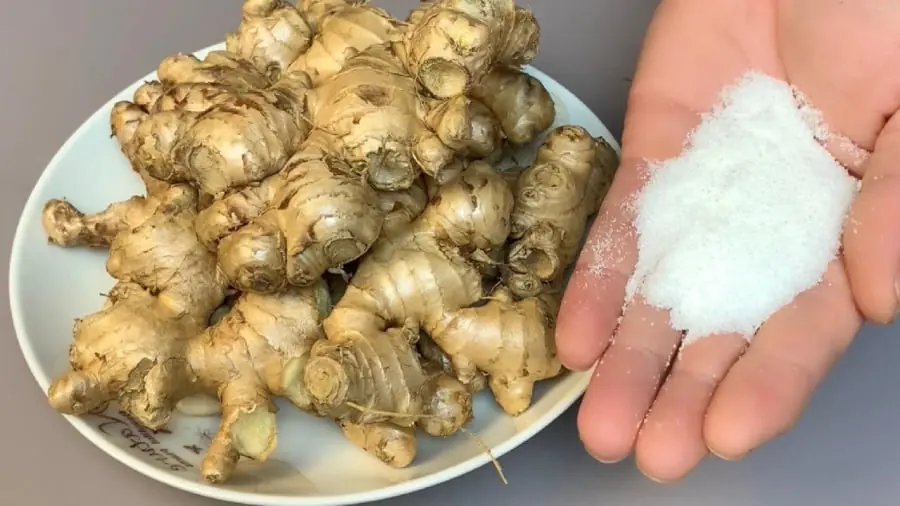
Tips to Keep Ginger Fresh All Year Without Sprouting — Fragrant and Firm Like New

Add One Small Step to Keep It Fresh and Sweet for a Whole Year
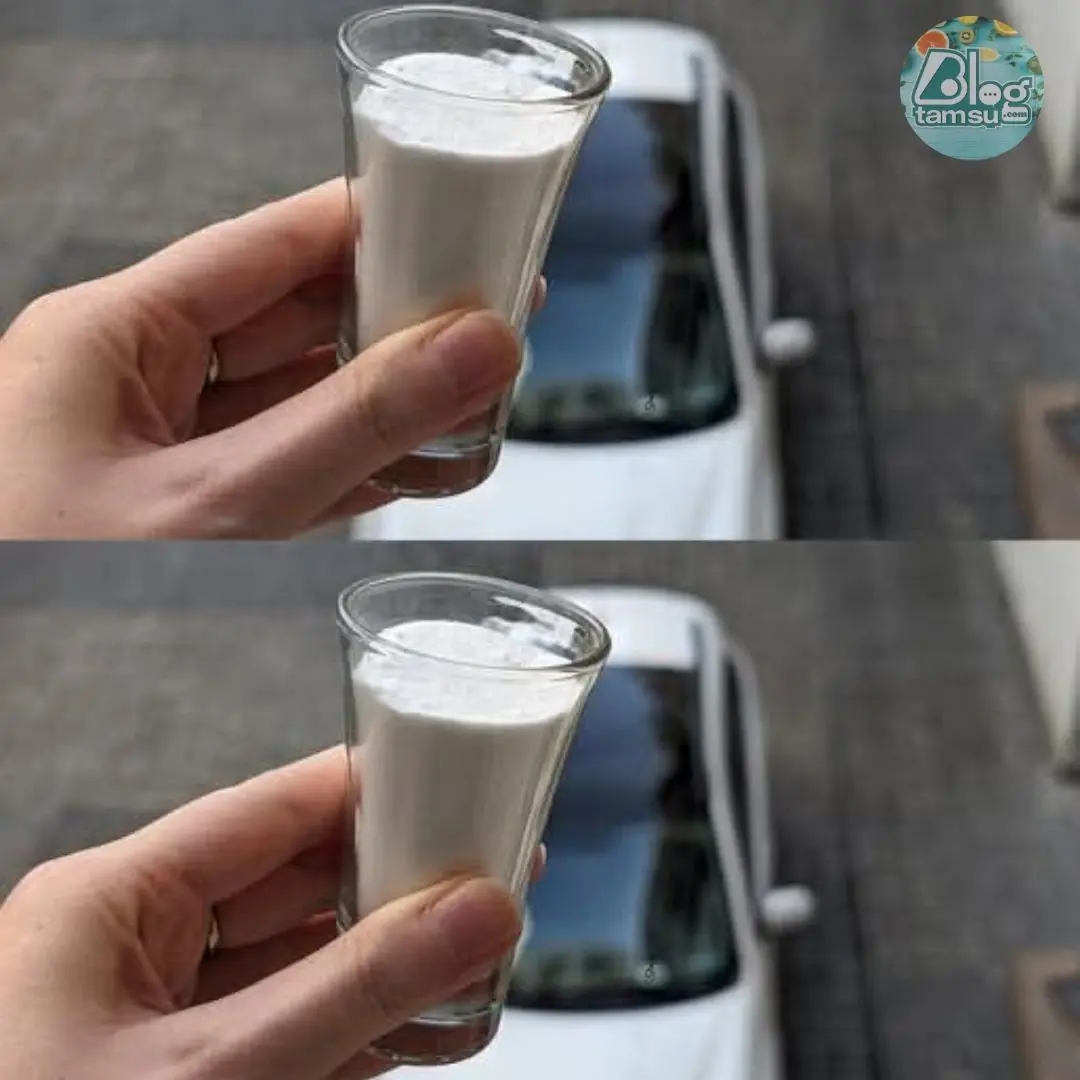
Put 1 Glass of Salt in a Car: Surprising Hack Every Driver Needs to Know

6 Indoor Spots Where You Should Never Install Security Cameras
News Post
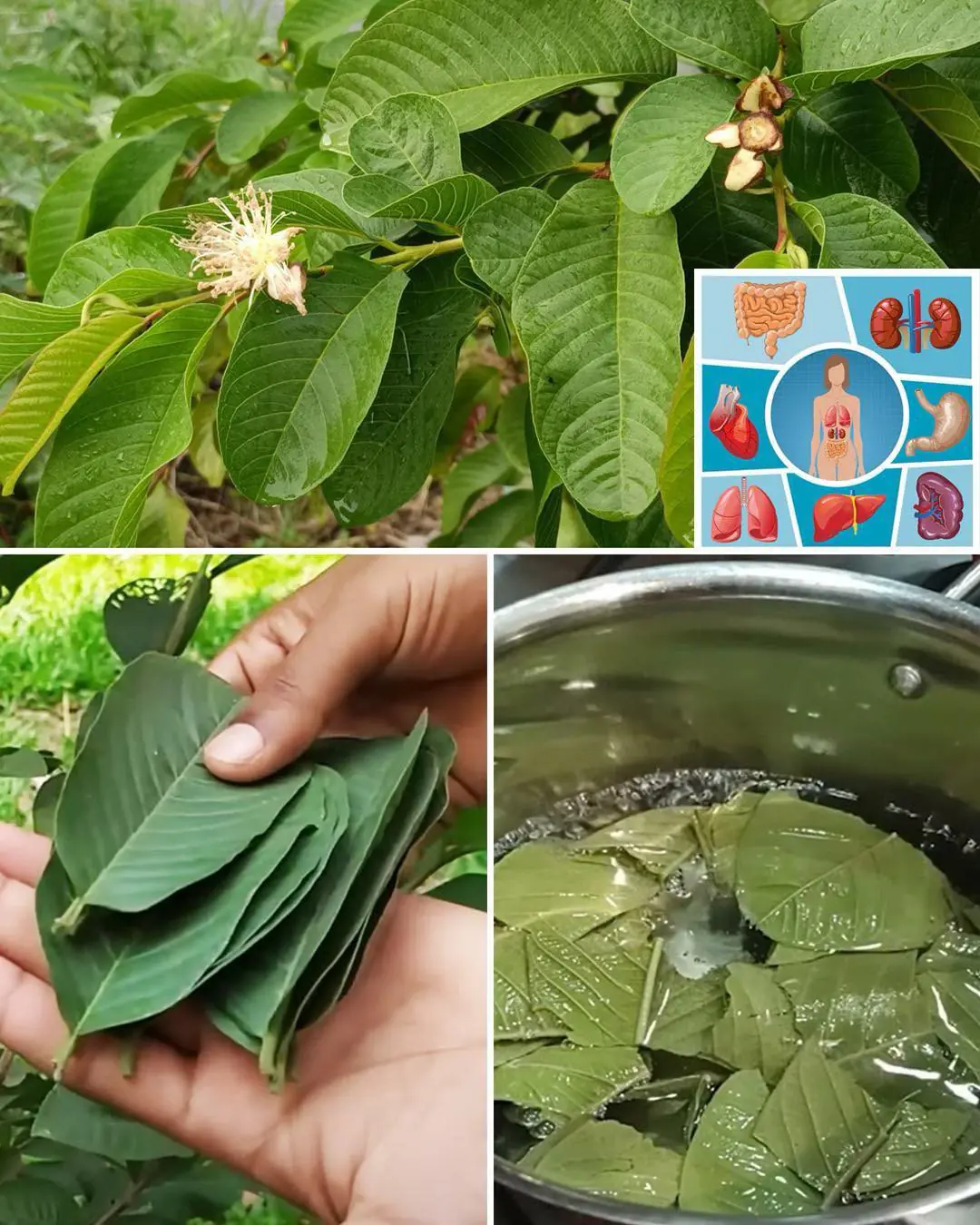
25 Incredible Benefits of Guava Leaves

Banana Blossom: Health Benefits, Recipes, and Traditional Uses

This plant grows everywhere. We see it, but miss its secrets
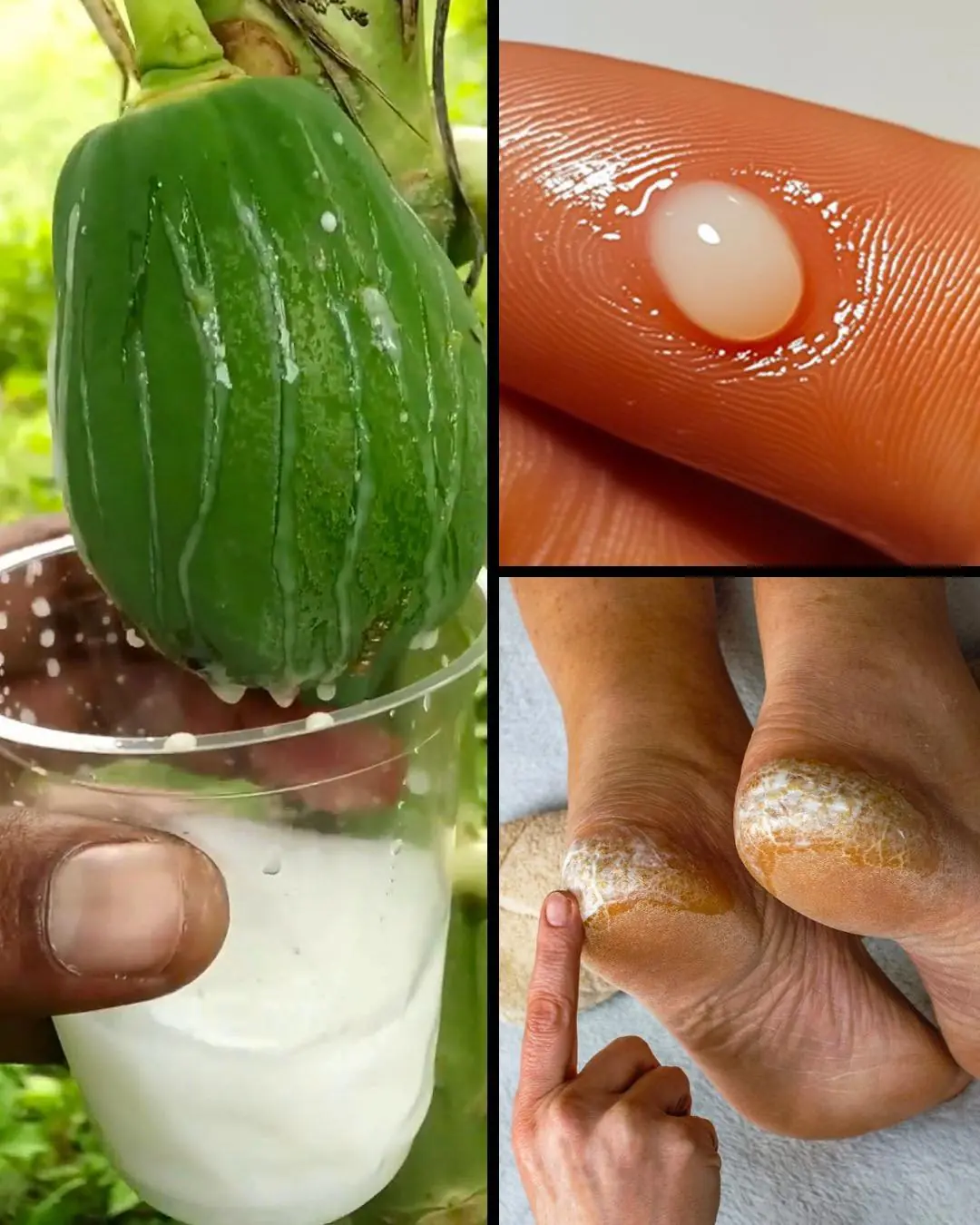
The Incredible Benefits of Papaya Sap: Nature’s Secret Remedy

What effect does mixing cloves, honey and cinnamon have on the body?

Coconut water is good for health but the following 5 groups of people absolutely should not drink it
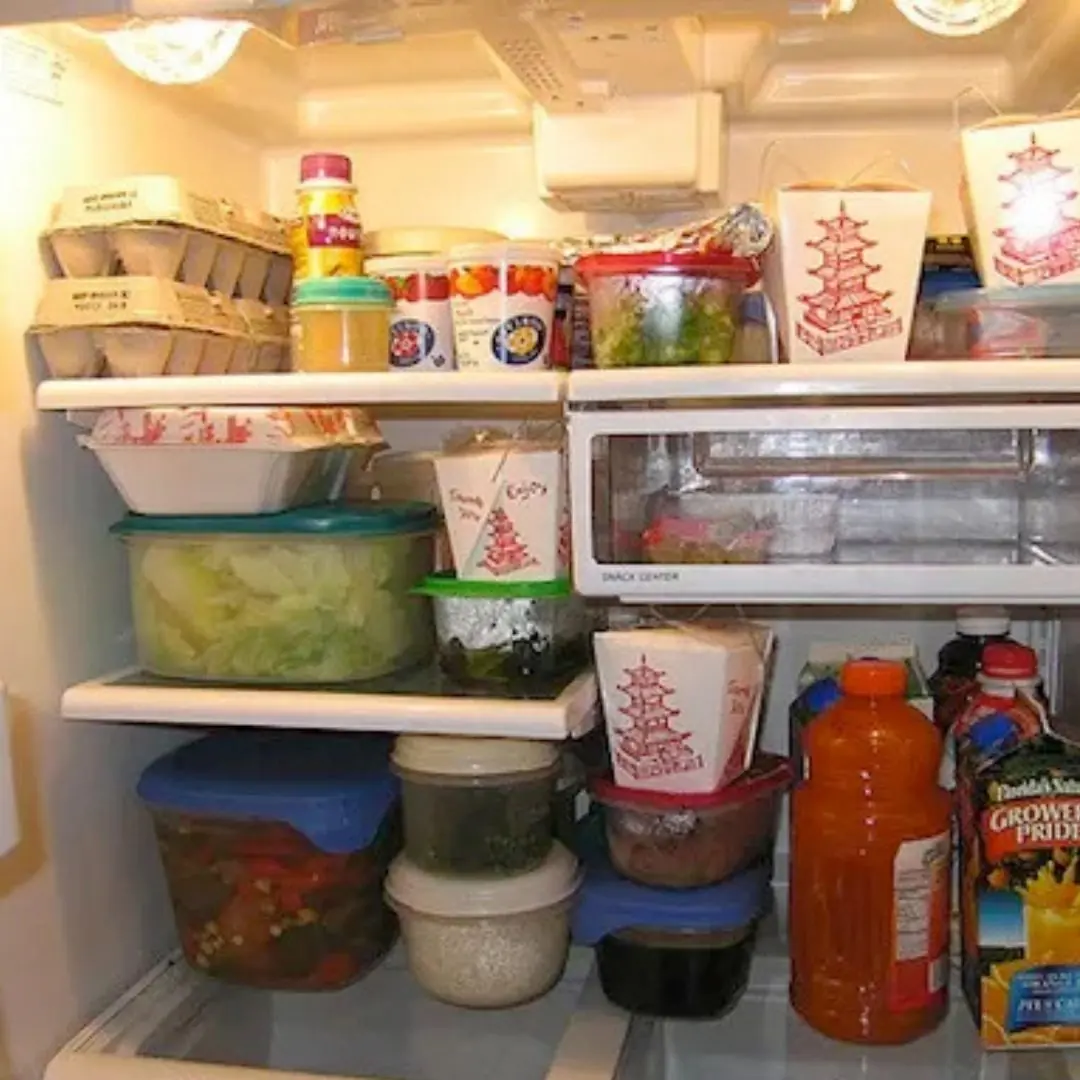
Why does the refrigerator compartment have a light but the freezer compartment doesn't?

6 Alarming Effects of Sleeping Less Than 7 Hours a Night, According to Recent Studies
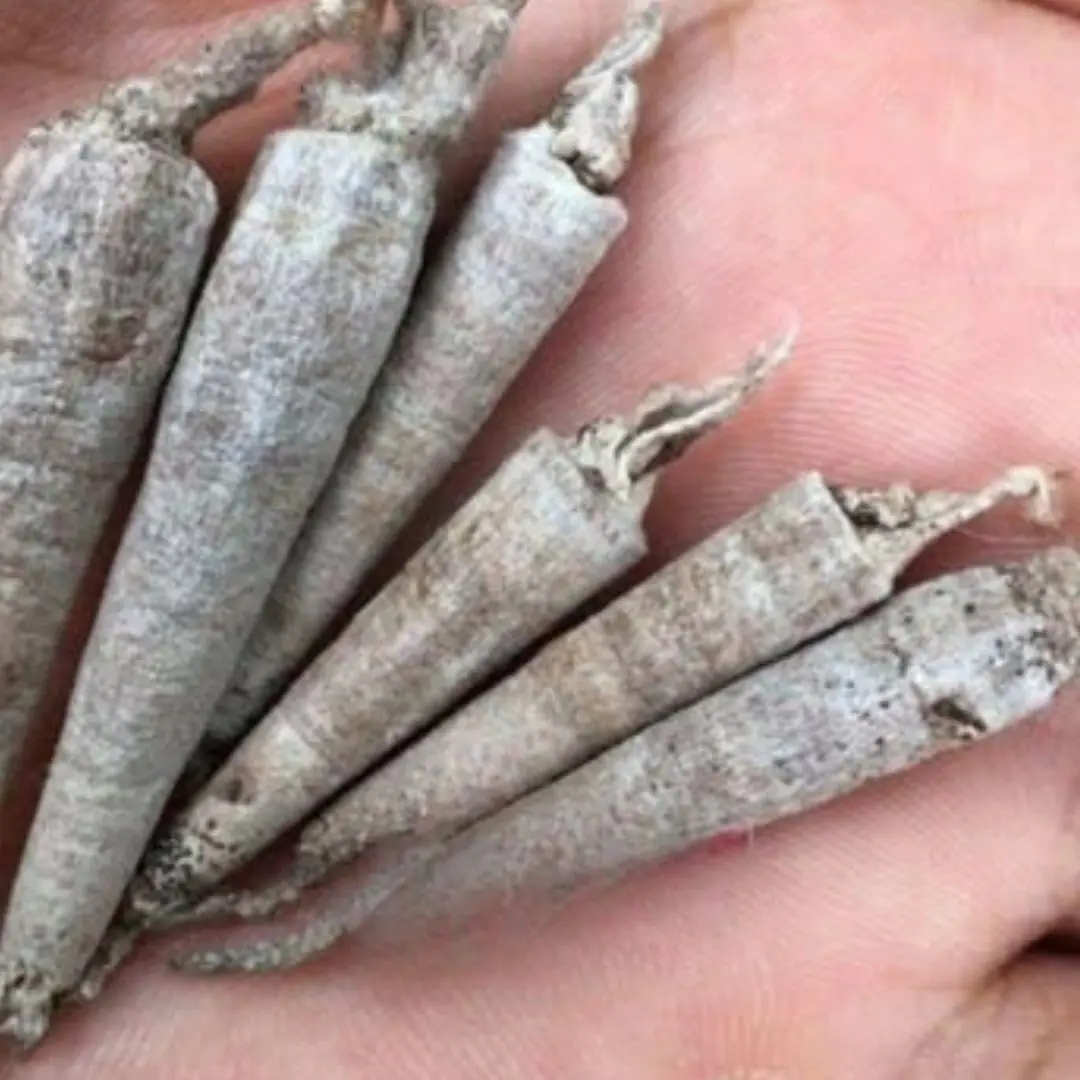
If you know what this is, you had a very wild chilhood
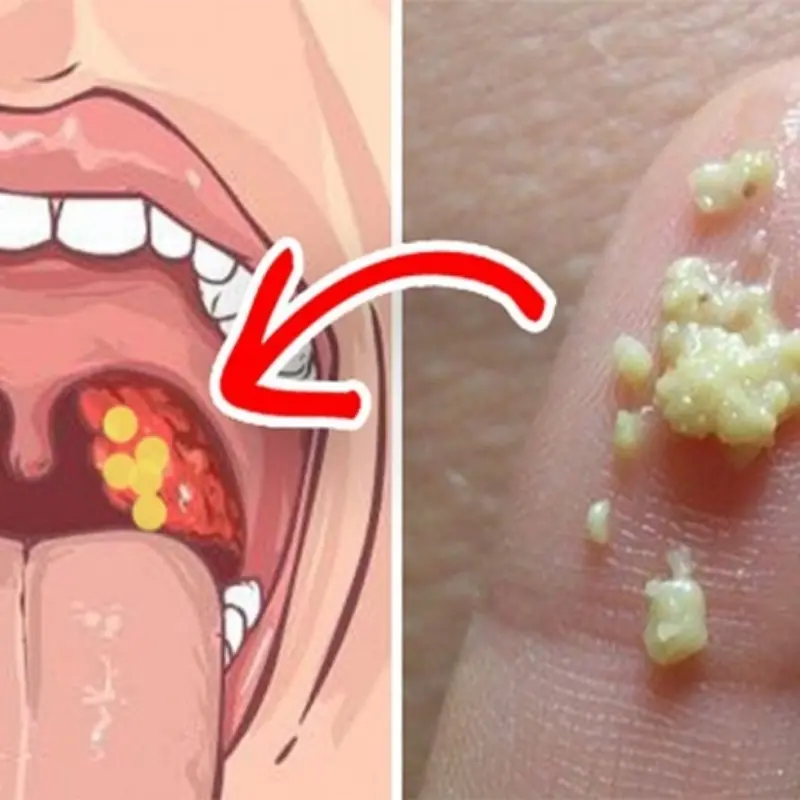
After Sneezing Several Times, I Noticed Something Strange in My Throat
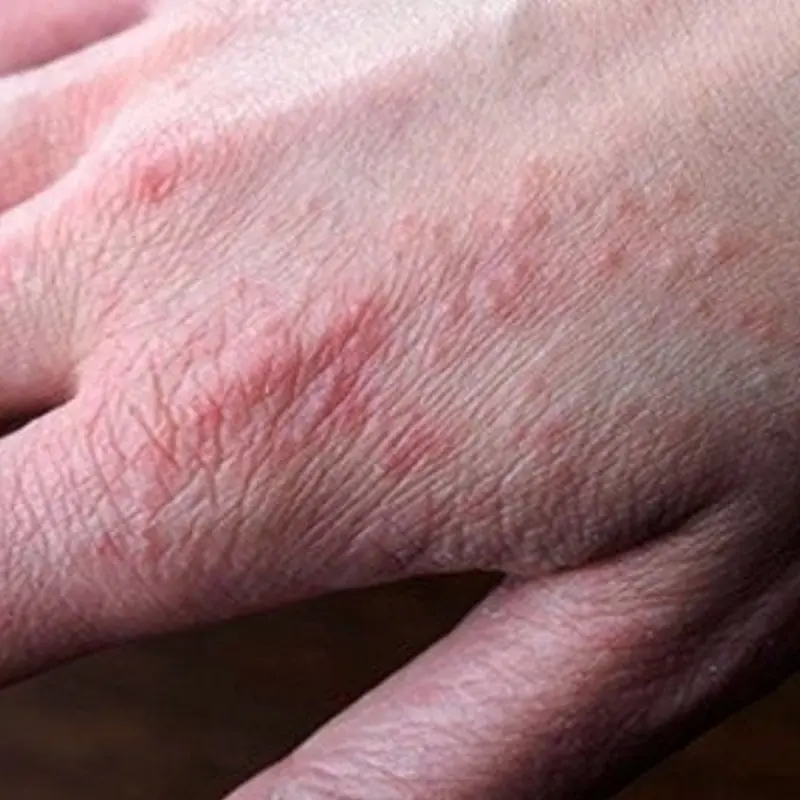
Doctors warn: if you have these tiny red dots on your arm or hand, do not ignore the warning signs
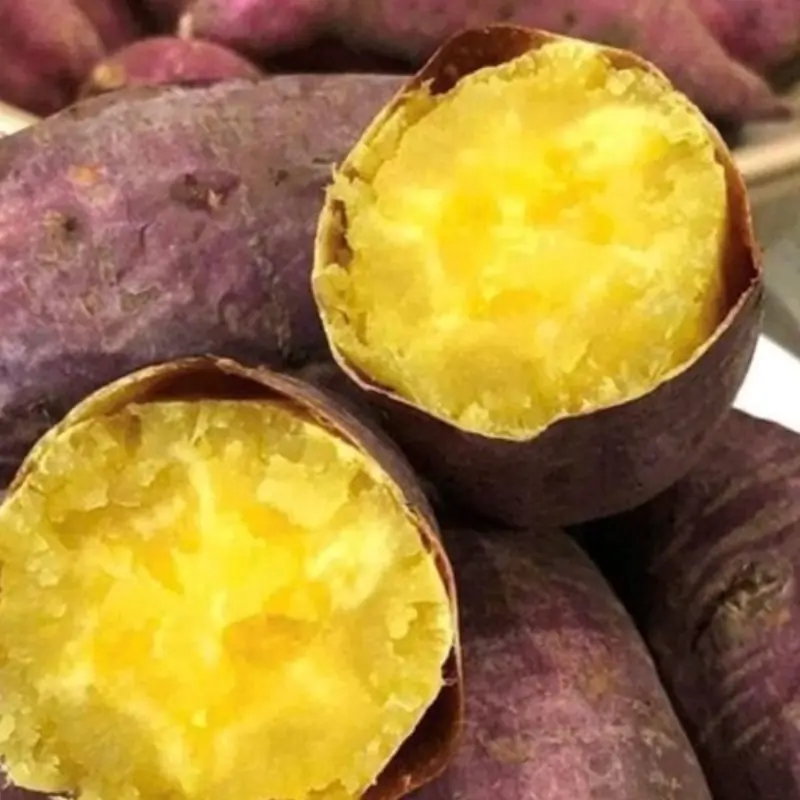
What Really Happens to Your Body If You Eat Sweet Potatoes for Breakfast Every Day
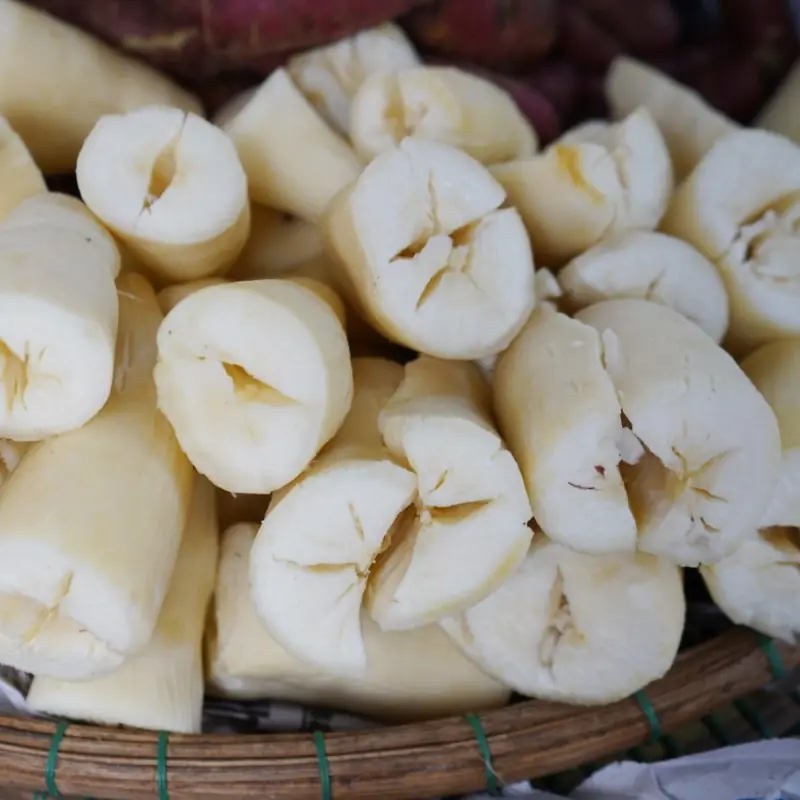
Over 200 People Are Ki.lled By The “World’s Deadliest Food” Every Year, But Almost 500 Million People Still Eat It
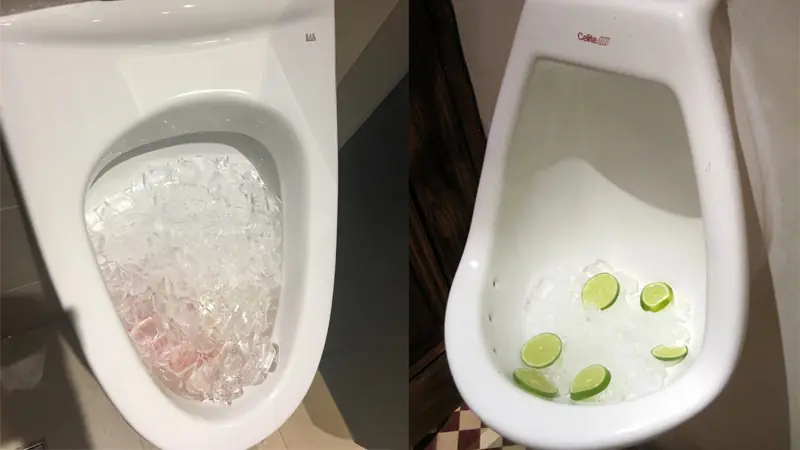
People Pour Buckets of Ice into the Toilet — The Result Leaves Everyone Stunned

A Nutritious Dish That Helps Ease Rheumatoid Arthritis and Can Be Cooked in Many Delicious Ways

What Animal You See First Will Reveal Your Anger Trigger

I Pulled This Baby Out Of A Burning House—And Then Found Out His Parents Left Him Behind

Kind people gave a homeless woman an old trailer!

The Birthday That Turned Into A Family Secret None Of Us Expected
